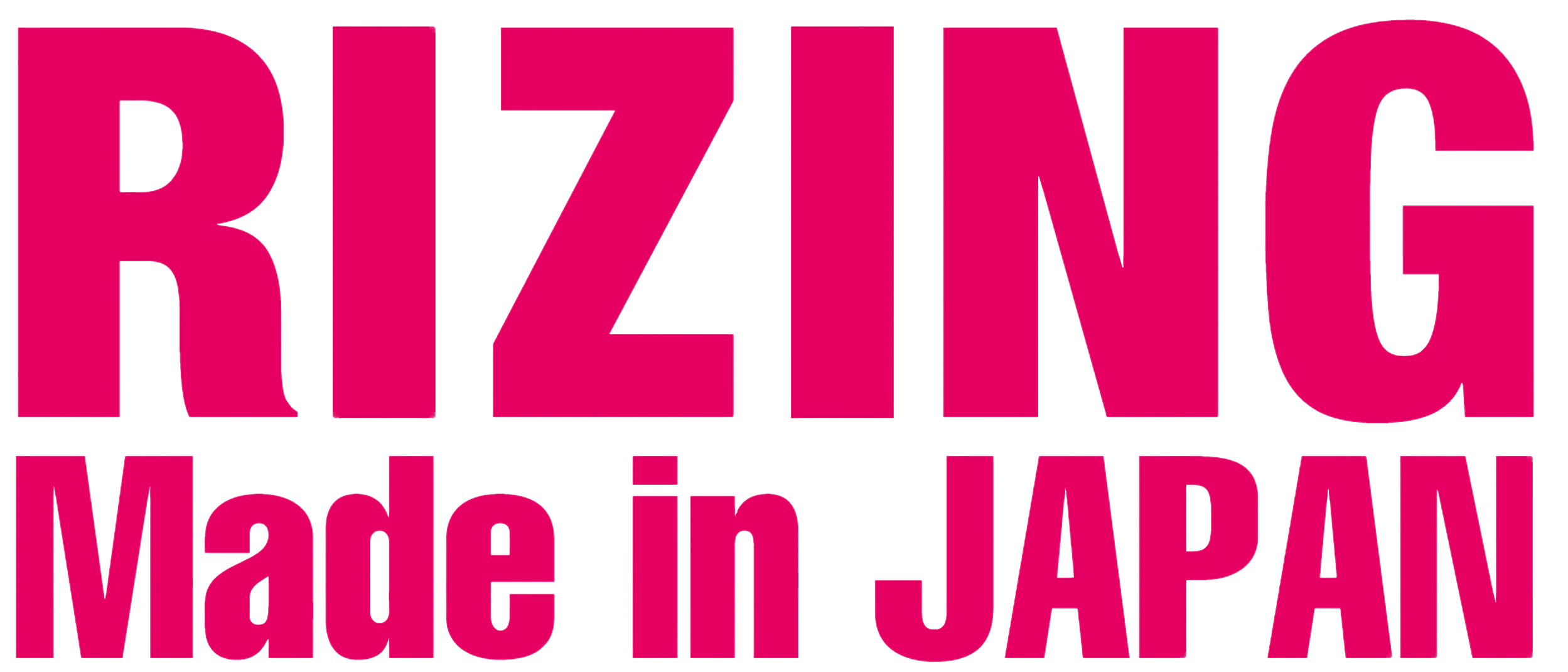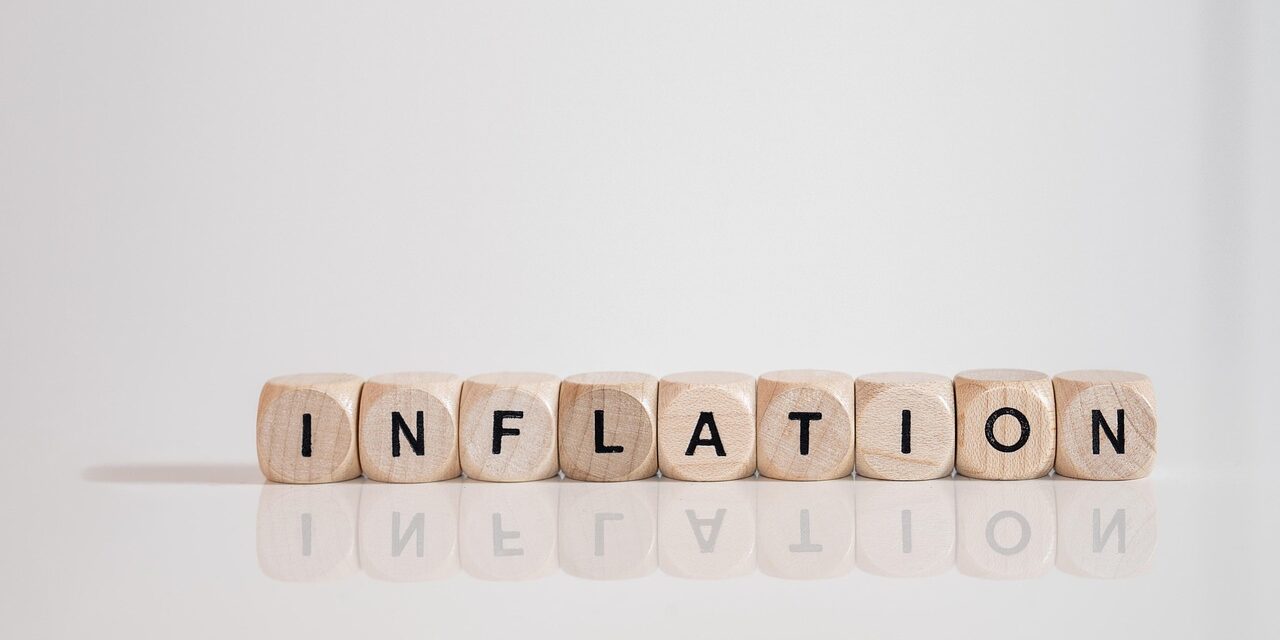In contemporary economic discourse, the interplay between inflation and interest rates stands as a critical focal point for both policymakers and economists. Inflation, defined as the sustained increase in the prices of goods and services over time, poses significant challenges to economic stability and growth. In response, central banks often raise interest rates as a countermeasure to mitigate inflationary pressures. This essay delves into the nuanced relationship between inflation and high interest rates, examining the mechanisms underlying this association, the implications for various economic actors, and the broader economic context.
To understand the relationship, it is essential to acknowledge the theoretical framework underpinning monetary policy. Central banks, such as the Federal Reserve in the United States, employ the interest rate as a primary tool to control inflation through adjusting the cost of borrowing. Higher interest rates generally reduce consumer spending and business investment, which, in turn, can lead to a decrease in aggregate demand. According to the Phillips Curve, there is typically an inverse relationship between inflation and unemployment; as inflation rises, unemployment tends to decrease. However, the paradox arises when central banks implement high-interest rates to curb inflation, inadvertently increasing unemployment and slowing economic growth.
Recent economic events exemplify this intricate relationship. For instance, the inflationary surge observed post-pandemic, with inflation rates reaching as high as 9.1% in June 2022 in the United States—the highest since 1981—prompted the Federal Reserve to initiate a series of aggressive rate hikes. By March 2023, the central bank had raised the Federal Funds Rate multiple times, bringing it to a range of 4.75%-5.00%. This strategy aimed to curb inflation by making borrowing more expensive, thereby slowing down spending and investment. Yet, while such measures may effectively restrain inflation, they carry risks, including stunted economic growth and potential recession.
The implications of this relationship extend beyond macroeconomic metrics to affect various economic actors. For consumers, high-interest rates translate into increased costs for loans, mortgages, and credit lines. As borrowing becomes more expensive, consumer spending contracts, particularly in sectors sensitive to interest rates, such as housing and automotive markets. According to the National Association of Realtors, a 1% increase in mortgage rates can lead to a significant decrease in home affordability, diminishing demand for housing and subsequently affecting home prices.
In the business sector, high-interest rates can stifle investment. Companies often rely on borrowing to finance expansion, research, and development. A survey conducted by the Federal Reserve in 2022 indicated that nearly 70% of small business owners reported that rising interest rates would hinder their ability to obtain financing, thereby curtailing growth prospects. This interplay thus creates a feedback loop where reduced investment further depresses economic activity, potentially contributing to a stagnating economy.
Moreover, the interdependence of inflation and interest rates is not static but rather evolves over time. Historical precedent supports this assertion; for example, during the stagflation era of the 1970s, the United States experienced rising inflation and unemployment simultaneously, prompting the Federal Reserve to adopt unconventional monetary policies. The dramatic measures taken by then-Chairman Paul Volcker, including interest rates exceeding 20%, were aimed at quelling rampant inflation but resulted in severe economic contractions. This episode underscores the delicate balance central banks must navigate when addressing inflation through high-interest rates.
As we analyze the relationship between inflation and high-interest rates, it is crucial to consider the context of supply-side factors and global economics. Events such as supply chain disruptions due to geopolitical tensions, the COVID-19 pandemic, and recent energy crises have compounded inflationary pressures beyond the control of monetary policy alone. Thus, while high-interest rates may contribute to curbing inflation, they cannot single-handedly tackle the multifaceted challenges presented by global economic dynamics.
In summation, the relationship between inflation and high interest rates encapsulates a complex and multifaceted economic phenomenon. While the conventional wisdom suggests that raising interest rates is an effective tool for combating inflation, the collateral effects on consumer behavior, business investment, and overall economic growth warrant careful consideration. Policymakers must navigate these challenges with a nuanced understanding of the economic landscape to ensure that measures taken do not inadvertently foster adverse outcomes. The balance is delicate; striking it is essential for sustaining long-term economic stability and growth.

